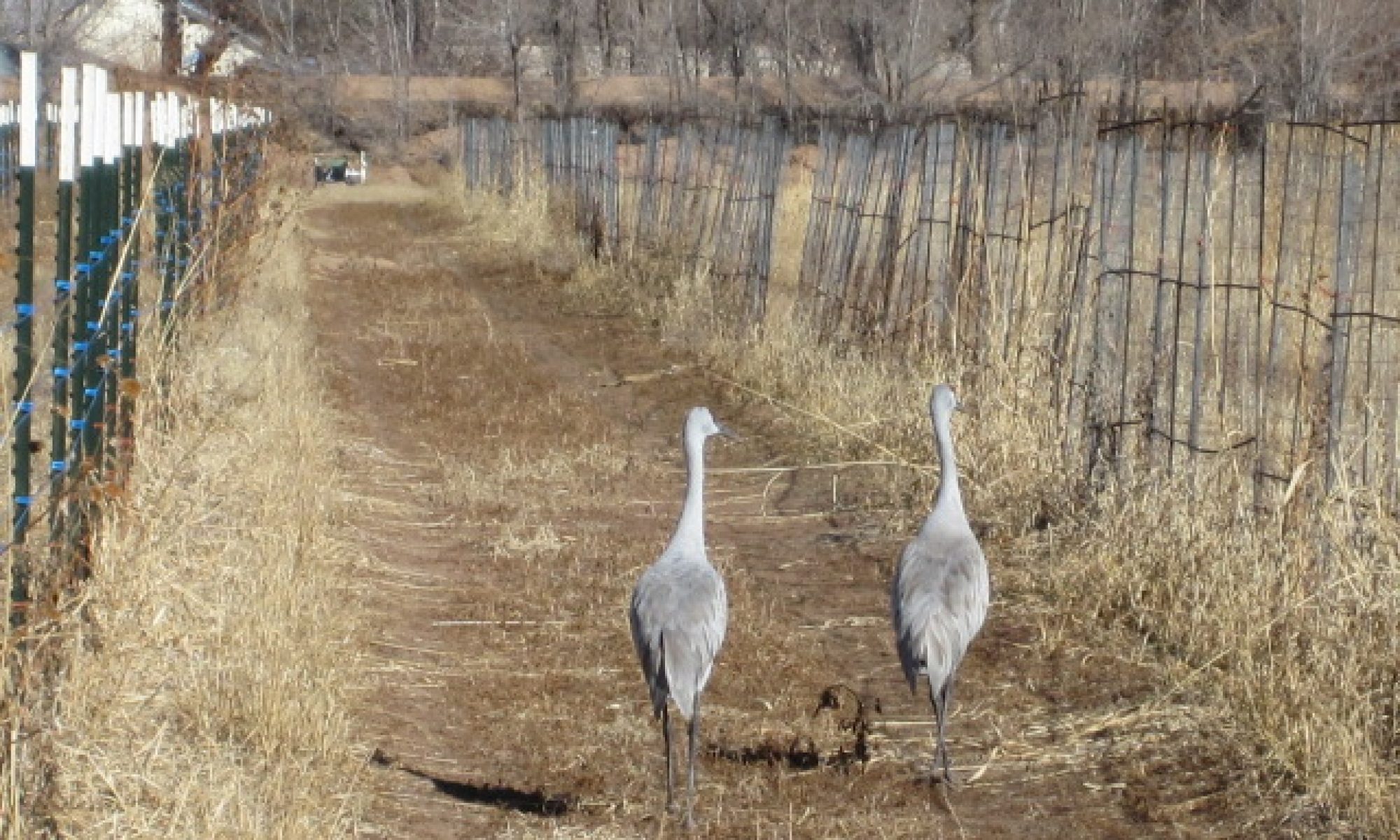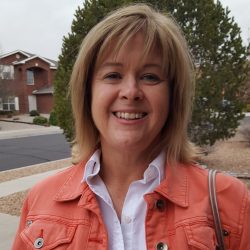There was a moment earlier this summer when I decided I was going to post an essay on my blog every Thursday. That was six or seven Thursdays ago, and if you’re reading this, you know how that worked out for me.
So when I woke up the other morning at 5:00, a good hour and a half before my alarm was planning to go off, it seemed like a sign. Go write an essay, the quiet dark outside seemed to be telling me. So there I was, trying to figure out the world again while Rusty and Fred slept peacefully down the hall. When I don’t write, it’s like not doing the laundry. I find myself staring at a giant pile and trying to remember how to sort it out. That’s where I am now: I’m staring at a summer’s worth of thinking and hoping I end up with all the socks in the same load.
I’ll start here. Sunday morning, my friend Margo said, “If it’s not one thing, it’s another.” I’m imagining a pain train. It travels around the world whistling sadness according to some undecipherable schedule. When it shows up at your house, you have to get on and go where it takes you. You never know when you’ll get off or what strange country you might find yourself in or who you’ll be travelling with. Some years, it seems like you don’t even get to unpack your bags before you hear that mournful whistle approaching out of the distance.
The essay I was trying to write all summer wasn’t about pain, though. It was about those days when the train seems to be coming right at you, and then veers off. It started like this:
Not long after my mother’s funeral this past May, my brother called me from the ICU. “Well, I passed away,” he said.
You can see why I had a hard time writing the next sentence, right?
Here’s what was strange, though. In those seconds when I was trying to figure out what to say, I felt myself stepping up onto the train. I believed, it turns out, that my brother could actually call me himself to tell me he had died. In addition to grief I felt wonder. Sort of, “So this, too, is how the world is.”
Before that phone call, I’d been trying to write a different essay. That one began with the Supreme Court’s decision on marriage rights, the Confederate flag slipping down the pole, and the President singing Amazing Grace at Clementa Pinckney’s funeral. I was moved by the reactions of the men standing right behind the President. As he started to sing, a few of them seemed almost to laugh. It felt like they, too, might have been having that moment—“This too,” in the midst of all this suffering, “is how the world is.”
Both of those essay beginnings kept rattling around in my head while I tried to figure out what my point was. I stapled them together and read a draft to Fred back in mid-July. “What’s your point?” he said.
“Beats me,” I told him, and went back to not finishing it.
Then a few weeks ago we took the grandkids to see Inside Out. In the movie, where emotions are brought to life as characters inside the main character’s head, Joy is something of a jerk. She’s determined that the little girl they inhabit needs to stay happy.
I have to admit, I was on Joy’s side for most of the movie. It didn’t occur to me to question her self-righteous grasping at happiness. I admit it–I was routing for her even as she drew a tiny chalk circle and told Sadness to stay inside it and stop messing everything up (“Well, that’s kind of mean, but it’s for the best,” I remember thinking.) It took me as long as it took this pushy cartoon character in what is ostensibly a kid’s movie to realize that things wouldn’t stop falling apart until perky little Joy stopped denying Sadness. (For the record if you’ve seen the movie, I also didn’t see Bing Bong’s sacrifice coming. “But you knew he was going to—“ Cali, the seventh grader said. No, actually, No. I didn’t. I believed that Bing Bong and Joy would soar together to the top of the mountain, that “this too, is how the world is.” Even after Joy reached the top alone, I still thought he’d come back in the end somehow. Can you see why sadness throws me for a loop every time? This is why I like mindless romantic comedies and get frustrated if I read too much Ian McEwan.) And if you haven’t seen the movie, I’m sorry that none of that made any sense.
As neither of those essays seemed to be finding its way, I started a bunch of others. One of them had me thinking about a few years I spent not so long ago trying to figure out the world. In my mind then, the world was either a scary wilderness, full of booby-traps waiting to snap and clamp their ragged jaws around my ankle, or a beautiful wonderland, full of love, and mystery, and joy. The answer mattered. Choose A and the right response is to hunker down, close up, keep your heart safe. Choose B and you peel back your skin and let everything in. Neither choice appealed to me. Option A felt like defeat, and Option B felt reckless.
Back then in 2011 when even my priest suggested I should see a therapist, I finally went. As luck would have it, the woman I finally chose from all the little slips of paper friends and colleagues had been handing me (my priest wasn’t the only one who thought I needed someone to talk to) was also a nun.
I think it was Pope Francis who said, “You pray for the hungry. Then you feed them. That’s how prayer works.” When I learned my therapist was a nun, I relaxed. She’ll pray for me, I thought, and then she’ll guide me through the work. I expected both to help. Over time, Sr. Therapist (she doesn’t know—or perhaps didn’t know until just now–that I call her that in my head), taught me to understand the world in terms of both/and. Yes, it’s scary and terrifying and might jump up and rip your heart out at any moment. And yes, it’s beautiful and wonderful and breathtaking.
I still have to resist the urge to ricochet from joy to sadness. I still want to send sadness to stand in that little chalk circle and leave me alone. But just today, one of my friends who knows me as well as anyone does listened to something I said and commented, “That was so realistic of you!”
Somewhere in the midst of all these half-written essays, my iPad told me that the word of the day was “fogdog: a bright spot that sometimes appears in a fog bank.” The Free Dictionary described it as, “A bright or clear spot that appears in breaking fog,” adding, “it accompanies fog as a dog accompanies its owner.” So, no “sometimes” in that definition. The fog and the fogdog jog along together. The OED adds that “On the banks of Newfoundland… fogdogs are considered precursors of clearer weather.” Cool, isn’t it?
When my brother and I stopped laughing, I thanked him for calling me with the news himself. Most people, I told him, leave that job to someone else. (And just in case you are like me, and find yourself able to believe in the unbelievable, I’ll clarify—my brother is alive and well and wearing a defibrillator vest in Pittsburgh.)
So there’s where the summer went. With each piece of scary news, I kept chanting both/and and trying not to slingshot between extremes. Last week before I messed up my back, I was doing yoga. I was standing in Warrior Two, and the voice on my iPad told me to trust my legs, to lean back farther, to feel my chest open. I did what the voice told me. I felt my legs pushing against the planet, and I felt the planet pushing back, holding me up. I’ve got you, it said. The pose went on and on and on and my quads started shaking. For a minute I felt something like panic, and then I felt something like peace.
###################################################

